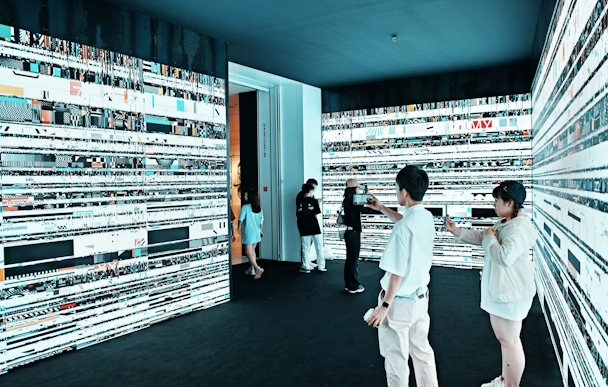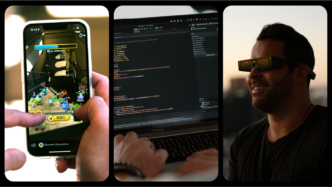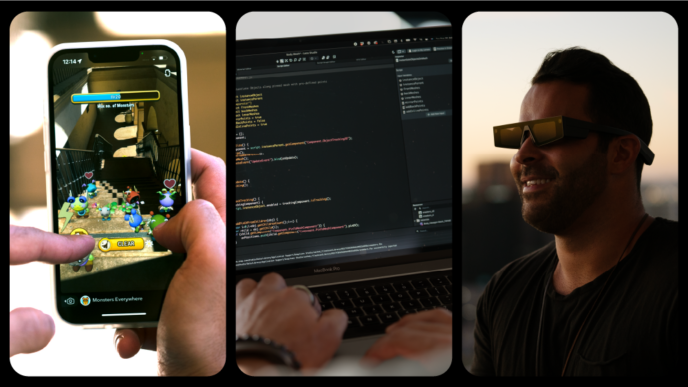Artificial intelligence chatbots, once seen as innovative tools for productivity, education, and entertainment, have quickly become ubiquitous companions for millions of users worldwide. Platforms like ChatGPT, Claude, and Bard offer instant responses, simulated empathy, and engaging conversation, blurring the line between human and machine interaction.
Yet alongside their convenience and novelty, experts are sounding alarms: some users are losing touch with reality, experiencing anxiety, confusion, and obsessive behavior stemming from prolonged interactions with AI. A growing body of mental health professionals and anecdotal reports suggest that AI may be contributing to a new, unprecedented mental health challenge.
When Conversation Becomes Compulsion
Unlike traditional online interactions, AI chatbots never tire, never judge, and always respond. For vulnerable individuals, this can lead to marathon sessions where reality and digital simulation start to merge.
- Excessive engagement: Users may spend hours each day asking AI bots for advice, companionship, or emotional validation.
- Distorted reality: Some begin to rely on AI narratives over real-world evidence, attributing feelings or intentions to the chatbot.
- Emotional dependency: The simulated empathy provided by AI can create an illusion of understanding that deepens emotional attachment.
Clinical psychologist Dr. Marissa Nguyen observes, “These interactions are engineered to feel human, which can be comforting, but they lack accountability. Users sometimes begin prioritizing AI feedback over genuine social connections, which is psychologically risky.”
Case Studies: Reality and AI Blurred
Emerging reports illustrate the mental toll:
- The “Marathon User”: One college student reported spending 12 hours daily conversing with a chatbot, believing the AI understood his deepest fears better than friends or family. Over time, he began avoiding social interactions and making life decisions based solely on AI suggestions.
- Emotional dysregulation: Another individual developed intense anxiety and depressive symptoms after repeatedly testing AI moral judgments and predictions about personal relationships, leading to obsessive rumination and sleeplessness.
- Delusional thinking: Some users report a sense that AI is “watching” or “guiding” their lives, blurring boundaries between imagination and reality.
While these cases represent extremes, clinicians warn that moderate forms of dependency may go unnoticed, subtly eroding mental resilience.
Why AI Amplifies Vulnerability
Several features of AI contribute to this emerging mental health concern:
- Hyper-personalization: AI tailors responses based on prior interactions, creating a sense of individualized attention.
- Endless availability: Unlike humans, AI can engage continuously, enabling obsessive patterns.
- Reinforcement of confirmation bias: Users seeking reassurance or validation often receive it from the AI, reinforcing preexisting beliefs.
- Illusion of agency: AI’s ability to simulate reasoning and empathy makes users feel understood, even when advice is algorithmically generated and contextually flawed.
These mechanisms mirror dynamics seen in other behavioral addictions, such as social media overuse or gaming, but with the added complexity of cognitive distortion and interpersonal substitution.
The Wider Psychological Impact
Mental health experts warn that prolonged AI use can contribute to several broader phenomena:
- Cognitive fatigue: Constantly engaging with AI for problem-solving or emotional regulation can tax attention, memory, and executive function.
- Social withdrawal: Reliance on AI interactions can reduce motivation to maintain real-world relationships, fostering loneliness.
- Identity confusion: Users exploring existential or moral dilemmas with AI may struggle to differentiate between their own thoughts and machine-generated suggestions.
Dr. Alejandro Torres, a psychiatrist specializing in digital behavior, notes: “AI is not inherently harmful, but the novelty of interacting with something convincingly human can exploit psychological vulnerabilities. We’re witnessing a convergence of digital immersion and emotional dependency that we haven’t seen before.”
Who Is Most at Risk?
Certain groups appear particularly susceptible to AI-related mental strain:
- Adolescents and young adults: With developing cognitive and emotional faculties, this demographic is highly impressionable and may struggle to contextualize AI responses.
- Individuals with pre-existing mental health conditions: Anxiety, depression, obsessive-compulsive tendencies, and social phobias can be exacerbated by excessive AI engagement.
- Lonely or isolated users: AI provides an easily accessible companion, which can replace real-life socialization.
Mitigation and Digital Literacy
Experts emphasize that awareness, self-regulation, and policy frameworks can reduce risks:
- Usage limits: Encouraging time limits on AI interactions to prevent marathon sessions.
- Transparency: Clear disclosure that AI cannot provide human empathy or medical advice.
- Digital literacy: Educating users on the differences between AI-generated responses and human insight.
- Mental health integration: Incorporating AI use guidelines into therapy and counseling for at-risk populations.
Companies developing AI platforms are starting to introduce features such as usage nudges, warnings for excessive use, and mental health resources, but adoption and effectiveness remain uneven.
Regulatory and Ethical Considerations
The rise of AI-fueled psychological effects raises pressing questions for regulators and developers:
- Should companies be responsible for monitoring behavioral risks associated with prolonged AI use?
- How can AI systems be designed to promote healthy engagement without stifling functionality?
- What safeguards are necessary to prevent algorithmic reinforcement of harmful behaviors?
These issues intersect with broader debates about AI ethics, corporate accountability, and digital well-being, suggesting that technological innovation must co-evolve with mental health awareness.
Conclusion: Navigating the AI-Mental Health Paradox
AI chatbots have unlocked extraordinary potential for learning, creativity, and communication. However, their capacity to simulate understanding and companionship creates a subtle psychological trap.
As reports of AI-related delusions, anxiety, and dependency grow, society faces a dual challenge: embracing the benefits of AI while safeguarding mental health.
Ultimately, the solution lies in a combination of personal discipline, mental health awareness, technological design, and regulatory oversight. Without these safeguards, the very tools designed to connect and empower users may inadvertently contribute to a novel mental health crisis—one defined not by external threats, but by the seductive realism of digital companionship.
















